Guatemala Fashion Tipico | Huipiles | Skirts | Cortes Belts | Fajas
Guatemala Fashion Tipico, Huipiles, Skirts Cortes, Belts Fajas, The huipil is a traditional, square-cut blouse that is hand-woven and heavily decorated with embroidered designs. What you are looking for is what is called the faja (belts) not the huipil as described above.
The belts are used to hold the Skirts or Cortes are normally 6 to 9 feet in length. We currently ship straps, camera straps, backpack straps, and others today. The price ranges from $10 US to $35 US that is the price in Guatemala not including shipping.
You can have a cheaper product if the faja is machine-made which is what most others you might be talking with are quoting you.
Guatemala Fashion Tipico, Huipiles, Skirts Cortes, Belts Fajas
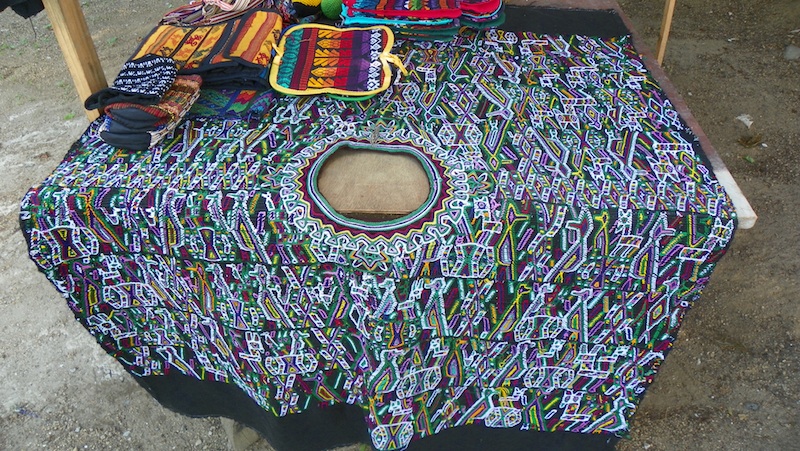
Guatemala Fashion Tipico, Huipiles, Skirts Cortes, Belts Fajas
Shipping will be your biggest cost and can be the greatest time delay in delivery. Most sellers online of these products ship quantity of products to the US and then use a fulfillment house in the US to deliver the final product to the US customer. Adds about $10 to $20 per item cost of the item for shipping from Guatemala.
We suggest since you are new at this more direction to streamline the shipping process and also reduce your Inventory costs since you are talking about large quantities you might find yourself sitting on.
For our online clients in the US, they process an order using their online e-commerce store lets say, this order is connected to our systems in Guatemala, we receive the order notification electronically from their store. We then ship directly to that store’s client’s address based on US zip codes.
The product is packaged individually with that store’s packaging and labels as if it was shipped directly from the Store. Tracking is included for the client. From the time of ordering to deliver from Guatemala to the US is 9 days by US Post, FedEx or UPS is an option all depending on the how the client ordered the produce and time of delivery required.
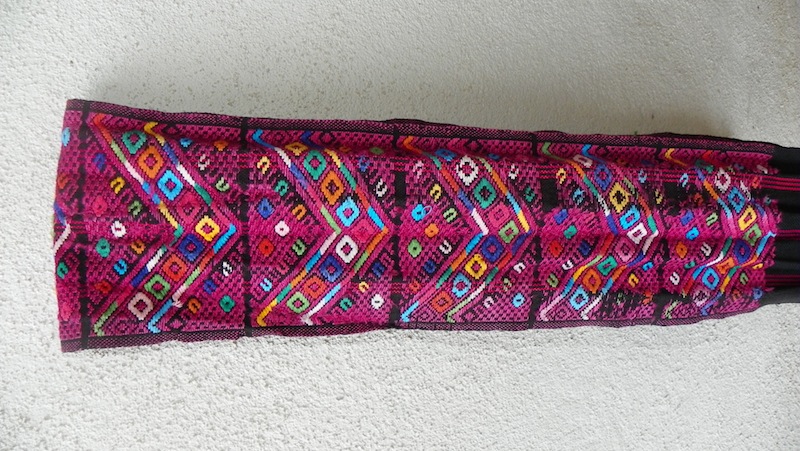
Guatemala Fashion Tipico, Huipiles, Skirts Cortes, Belts Fajas
Guatemala Fashion Tipico, Huipiles, Skirts Cortes, Belts Fajas
The most important factor for us to be able to move forward is to figure out what pricing would cost for each strap to be produced. Could you give me an example of the straps you sent in the cost of the photo at the base price? If the thread count is increased what the cost would be?
We are interested in very intricate designs which I believe require a high thread count. Below are some examples of Huipiles that show the detail we’re interested in. The design aspect being intricate is not a problem, I assume you are looking for a design and style that cannot be found online from others. Which is not a problem.
As an example, if we wanted to order 600 straps, 100 of 6 different styles, what would that cost (cost per strap or is it cost per certain number?). If we wanted to order 6,000 straps, 1,000 of 6 different styles, what would that cost? Thanks so much for your help on this. This is very new to us and we’re trying to figure it all out. I really appreciate your help!

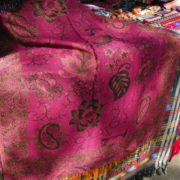 Ethical Fashion Guatemala
Ethical Fashion Guatemala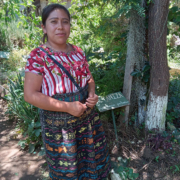 Ethical Fashion Guatemala
Ethical Fashion Guatemala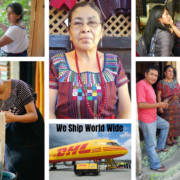 Ethical Fashion Guatemala
Ethical Fashion Guatemala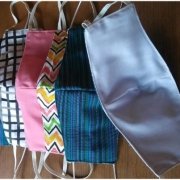
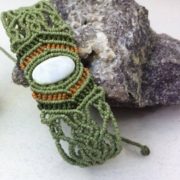
 Ethical Fashion Guatemala
Ethical Fashion Guatemala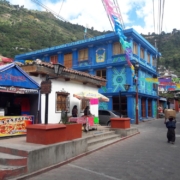 Ethical Fashion Guatemala
Ethical Fashion Guatemala

Leave a Reply
Want to join the discussion?Feel free to contribute!